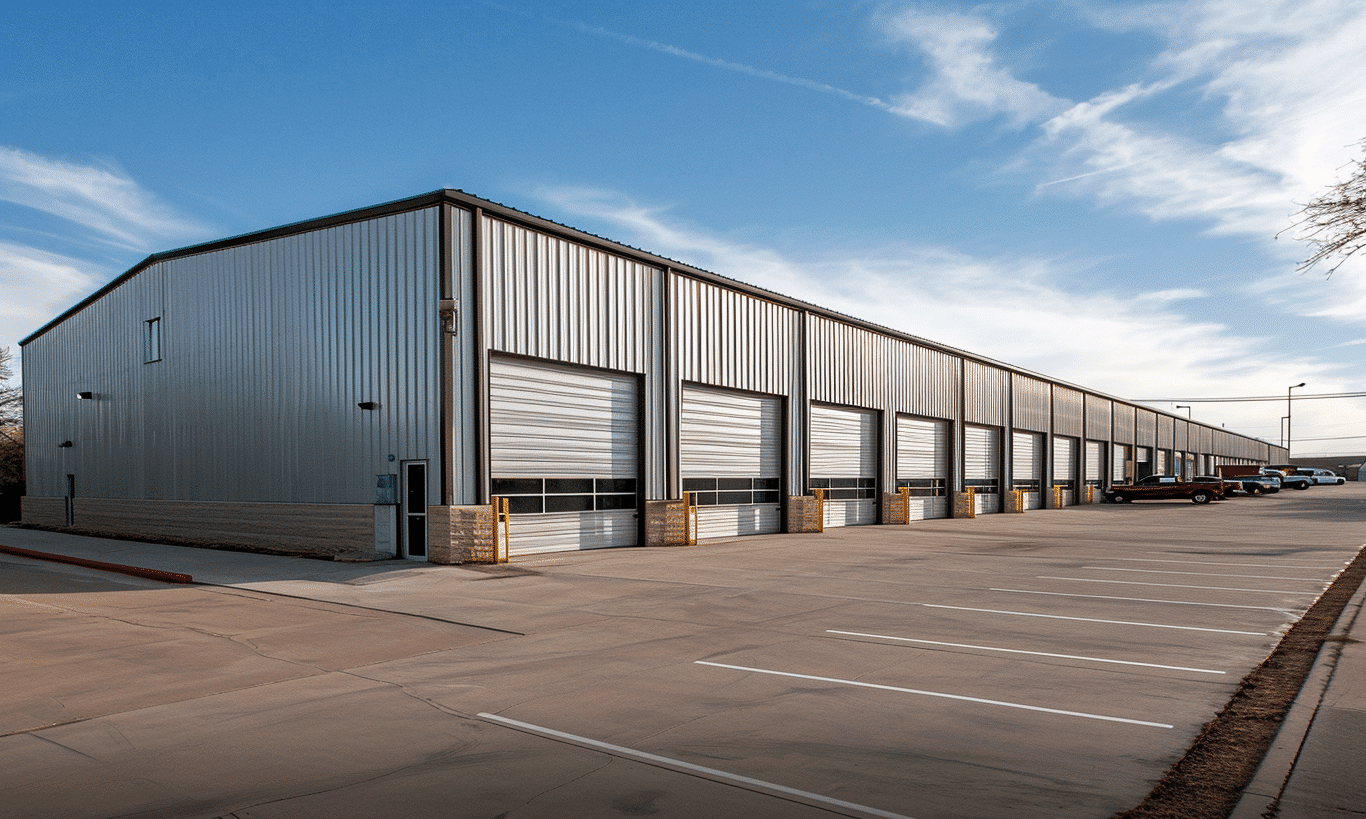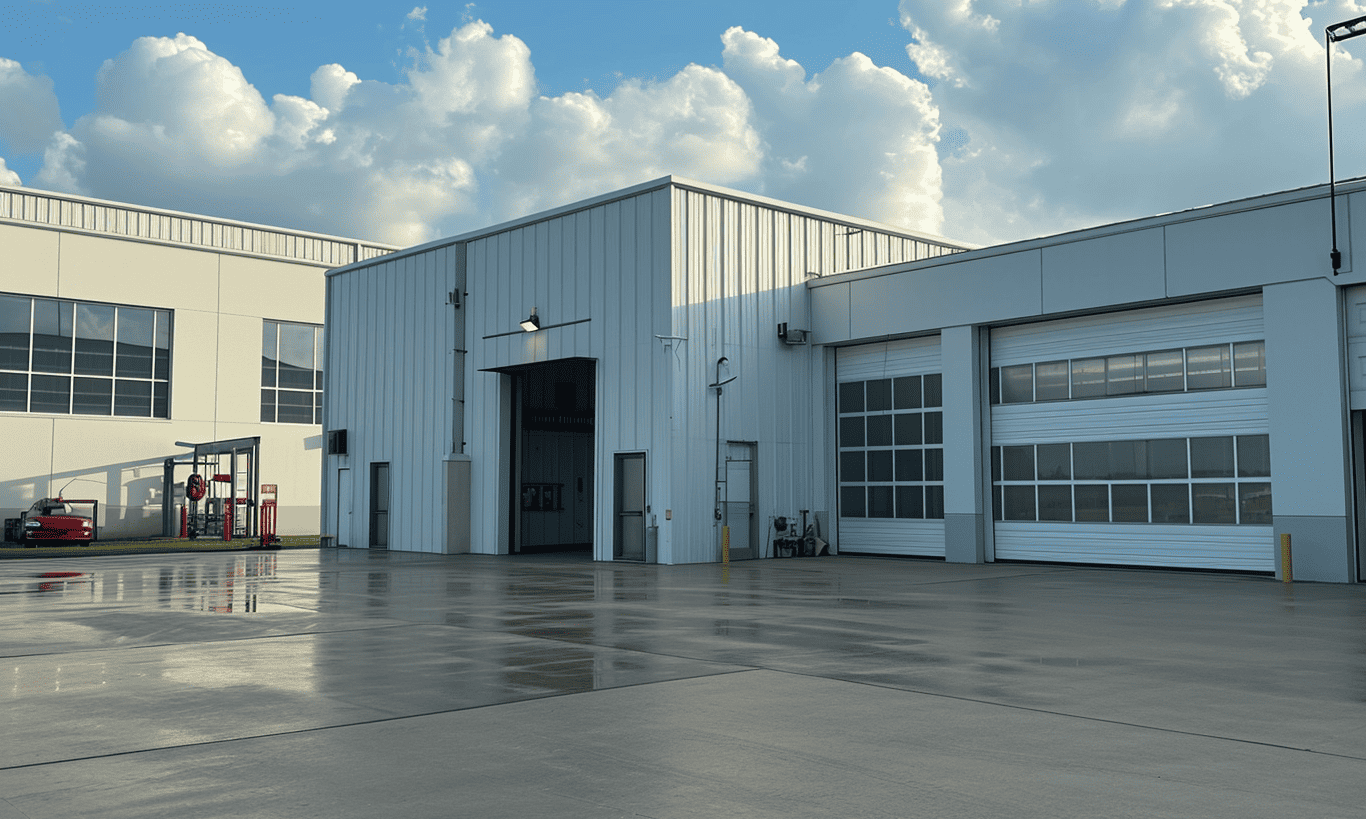When you think about the wonders of nature, the image of a bustling city or an industrial area might not spring to mind. Yet, one of the fundamental interactions that happen in these fast-paced environments is often overlooked: stormwater runoff. Why is this so important? Well, consider stormwater as an overloaded delivery service—when it’s not managed well, it leads to chaos, flooding, water pollution, and even property damage. Enter stormwater management codes. Over the years, these codes have evolved in Canada and globally to tackle these issues head-on.
The Importance of Stormwater Management Codes
If you’ve ever found yourself stepping over puddles or dodging streams of water while rushing to work, you know that stormwater is as ubiquitous as it is problematic. Stormwater management codes are here to mitigate such inconveniences and the underlying environmental impacts. But what are they, exactly? These codes are regulations designed to manage and treat rainwater runoff, especially in urbanized areas, and they require communities and developers to follow certain practices to control the volume and improve the quality of stormwater.
Think of stormwater management codes as a maestro orchestrating a rain symphony—the aim is to direct where and how the water flows, ultimately improving the health of our natural and built environments. The Canadian Government of Canada – Stormwater Management Codes are an excellent resource for standardizing practices that aim to alleviate both immediate and long-term effects of stormwater.
Essential Components of These Codes
So, what are these magical components that promise to keep cities warding off stormwater havoc? Key elements include green roofs, permeable pavements, retention ponds, and wetland regulations—to name a few. By incorporating such elements, not only do we manage runoff, but we promote a holistic urban environment that balances development with nature. Newer forms of construction materials, such as prefab steel buildings, also lend a hand in this green revolution by introducing efficiency and renewability. For example, learn more about the Environmental Benefits of Steel Buildings.
Stormwater Management Codes in a Changing Climate
The climate isn’t what it used to be (just ask your grandpa). With unpredictable rain patterns becoming the new norm, stormwater management codes are more relevant than ever. These regulations often call for comprehensive site assessments and considerations for landscape architecture in order to address the increased frequency and intensity of rainfall events.
Implementation Challenges and Opportunities
You might be wondering, why aren’t these codes universally applied if they’re so transformative? In truth, the implementation of stormwater management codes is not without its hurdles. Resource constraints, the complexity of urban landscapes, and even community resistance can thwart efforts. It’s akin to starting a lifelong gym routine—finding motivation is hard, but the rewards are undeniable.
Breaking Ground with Technology and Engineering
Urban and environmental planners are increasingly relying on advanced technologies and engineering solutions to enhance stormwater management. At the heart of these solutions is the innovative use of materials and construction techniques. For instance, prefab steel buildings Ontario communities have adopted offer efficient methods of channeling rainwater, using durable, eco-friendly materials.

By using technological advancements in construction and data collection, stakeholders can create detailed models of urban landscapes which accurately predict water runoffs and suggest actionable insights (much like a weather app fine-tuned specifically for stormwater). Smart cities are beginning to integrate technology into water systems, using IoT devices to monitor and control infrastructure dynamically.
Understanding the Economic Implications
There’s no sugarcoating it: implementing these codes often involves significant upfront costs. However, consider it an investment akin to purchasing insurance for your valuables. Over time, the costs incurred by flood damage, erosion, and polluted water systems far exceed the initial expenses tied to proper stormwater management.
Creating Awareness and Building Communities
Education is a potent tool—it’s like handing out a metaphorical umbrella to every resident. Educating communities on the significance of stormwater management codes and their role in creating sustainable urban environments fosters acceptance and adherence.
Additionally, accommodating designs for residential and commercial areas allows residents to take part in proactive stormwater management, like using rain barrels or constructing small rain gardens. Such grassroots initiatives align with larger community efforts and play a critical role in scaling solutions.
The Symbiotic Relationship with Other Regulations
While focusing on stormwater management is crucial, it’s important to contextualize it within broader regulatory frameworks. For instance, Construction noise regulations also play a role in urban planning. It’s akin to preparing a recipe—one ingredient can’t make the dish. Similarly, integrating wetland regulations alongside noise and stormwater control ensures a balanced ecosystem.
Envisioning the Future
As we build towards the future, comprehensive stormwater management codes will undoubtedly play a pivotal role. They will help shape resilient urban environments that not only mitigate adverse water impacts but foster a harmonious relationship with nature. The unique challenge presented by stormwater is perhaps best viewed as an opportunity to innovate and transform our cities into beacons of sustainability and healthy living.
A future, where every raindrop is essentially accounted for, will be a testament to the integrative power of informed urban planning—a remarkable milestone for communities globally.
In closing, stormwater management codes represent much more than paperwork or policy—they represent our commitment to coexist with our natural world responsibly and sustainably. In the realm of urban development, this is where aspiration meets legislation, creating a daily concert of community living in harmony with Mother Earth.










